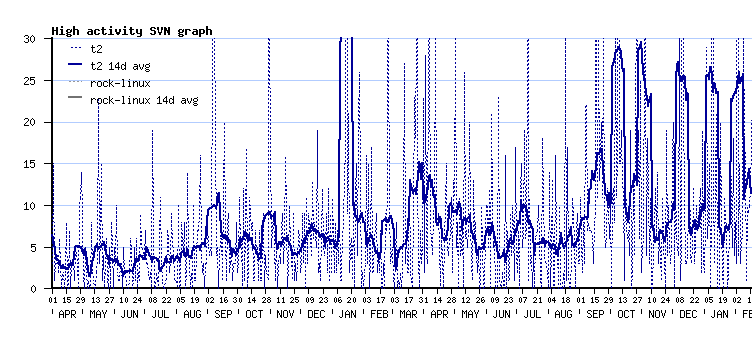
- #SUBVERSION MIRRORING HOW TO#
- #SUBVERSION MIRRORING INSTALL#
- #SUBVERSION MIRRORING UPDATE#
- #SUBVERSION MIRRORING OFFLINE#
# options for AUTO layout type (optional): # credentials to access SVN project (required): Post-commit hook script into SVN repository that will notify add-on of the new changes via REST API.
#SUBVERSION MIRRORING INSTALL#
The requirement for the explicit sync configuration is shell access to SVN repository - one will have to install special Of SVN changes being available in Git mostly immediately after SVN commit is completed. When sync is explicitly invoked it is also has a benefit Periodic polling might be then disabled (by setting poll interval to 0) or configured

One of the ways to workaround this issue and significantly reduce server load is only to perform sync when there are new To performance issues when there are a lot of configured mirrors. This works fine for most of the users of the add-on, but may lead By default, Git/SVN mirror polls SVN repositoryĮvery 60 seconds to fetch new changes if there are any. Major REST API use-case is explicit sync invocation for a particular mirror.
#SUBVERSION MIRRORING HOW TO#
How to use REST API to invoke SVN/Git sync If the URI and repo UUID (that long number at the end of the line) don't match, it will generate a different hash and when the submitter updates, git won't recognize them as the same change, which will make a mess of the submitter's local repo.SVN Mirror Add-On for Bitbucker Server provides a number of REST API end points that could be used to control configured mirrors. When git-svn-mirror runs git svn to retrieve the changesets, it regenerates the id. It doesn't put that in the svn repository, of course. Git svn writes an id at the bottom of each commit message that looks like
#SUBVERSION MIRRORING UPDATE#
The important thing to remember is that you should run git-svn-mirror clone only once even if it doesn't completely succeed, always run git-svn-mirror update on an existing mirror.Īnother note is that large subversion repositories take a long time to fetch Gnucash's took 10 solid days on a 2.8GHz 4-core Mac Pro when there were 20,000+ revisions. Instructions are in the git svn documentation git-svn-mirror is a perl program and is documented with "Plain Old Documentation" you can read it with git-svn-mirror man. If you're starting from scratch, there's a little prep work, mostly involving setting up the authors file. If everything works, you can add it to a cron job and you're done.

It must be the same URI that developers use to commit to the svn repo. The authorsfile path is wherever and whatever you name the author file, but the svn URI is critical. Note the "you" in the svn URI and the authorsfile path. Url = +refs/remotes/svn/*:refs/remotes/origin/* Tags = gnucash/tags/*:refs/remotes/svn/tags/* Url = svn+ = gnucash/trunk:refs/remotes/svn/trunkīranches = gnucash/branches/*:refs/remotes/svn/* Adjust the config file to look like this: If you're taking over updating, set up a committer's clone (see above) to get started from. This page is mostly for documentation in the event that for some reason someone else needs to take over updating from subversion, or someone from another project happens upon this and wants to do the same themselves.ĭownload git-svn-mirror and gnc_authorsput it on your path. For this to work, a special mirroring configuration has been set up.

This brings some of the advantages of git over svn to the GnuCash developers. GnuCash has been using an svn repository as a primary repository, which is mirrored in a git repository on.

This page is kept for historical and educational purposes only. The procedure described on this page to set up a git mirror to the gnucash svn repository is hence no longer applicable.
#SUBVERSION MIRRORING OFFLINE#
GnuCash has fully migrated to git in 2014 and took its obsolete svn repository offline in 2016.


 0 kommentar(er)
0 kommentar(er)
